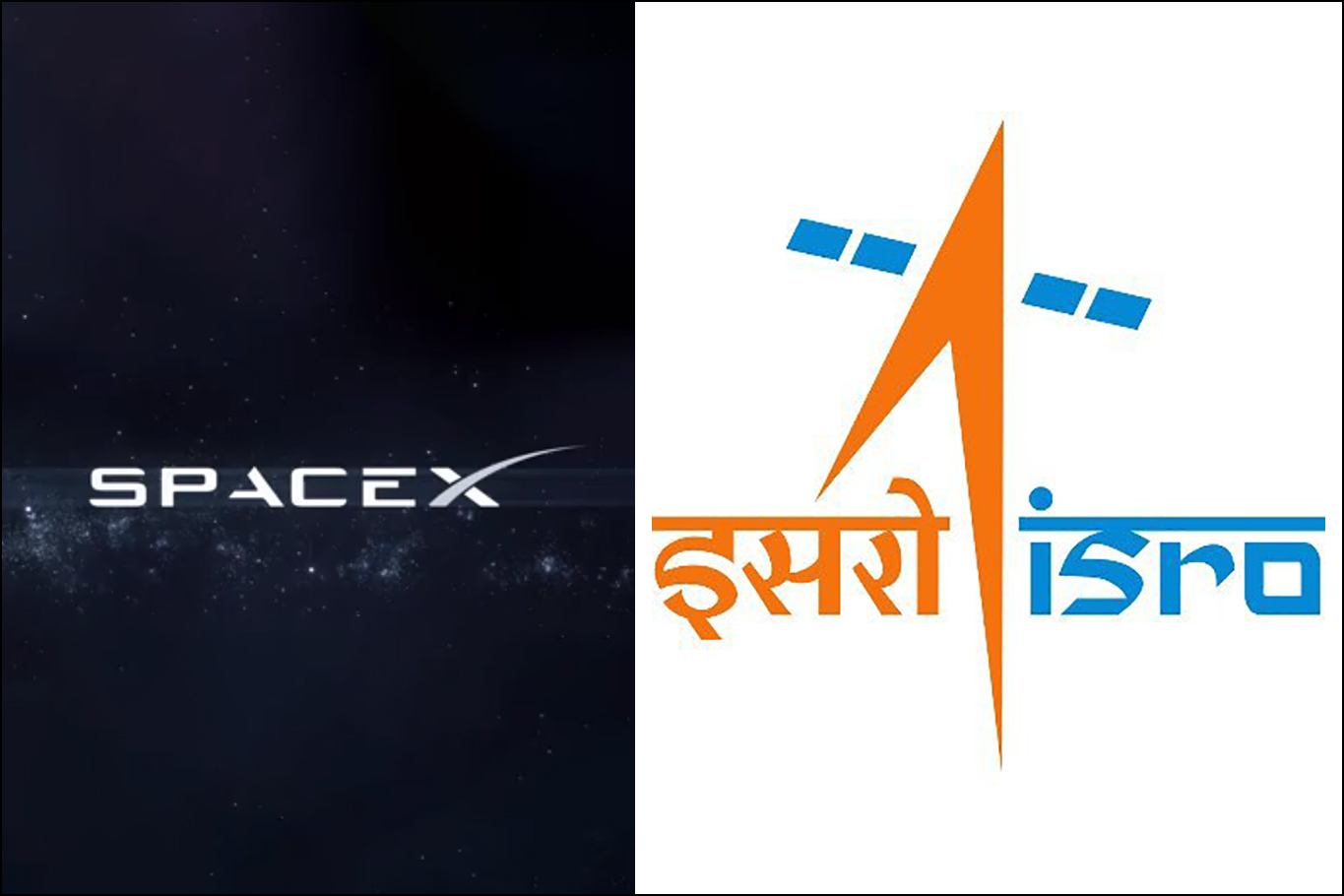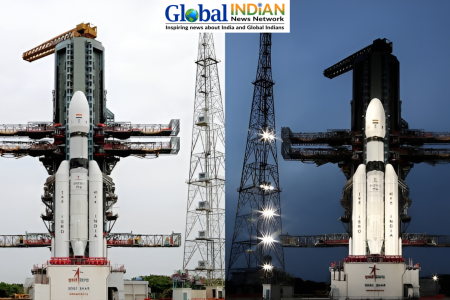 In a bid to revolutionize satellite technology, the Indian Space Research Organization (ISRO) is gearing up for the launch of GSAT-20, a communication satellite weighing 4.7 tons. While ISRO works on developing a rocket capable of lifting over four tons, it has joined forces with SpaceX, led by Elon Musk, to utilize the Falcon-9 rocket for GSAT-20, scheduled for launch in the second quarter of 2024.
In a bid to revolutionize satellite technology, the Indian Space Research Organization (ISRO) is gearing up for the launch of GSAT-20, a communication satellite weighing 4.7 tons. While ISRO works on developing a rocket capable of lifting over four tons, it has joined forces with SpaceX, led by Elon Musk, to utilize the Falcon-9 rocket for GSAT-20, scheduled for launch in the second quarter of 2024.
The primary objective of GSAT-20 is to provide high throughput satellite (HTS) services in the Ka-Ka band at an affordable rate. These services target rural and underserved areas, emphasizing broadband connectivity and In-flight and Maritime Connectivity (IFMC) services.
NewSpace India Limited (NSIL), ISRO’s commercial subsidiary, disclosed that GSAT-20, with its 32 beams, can cover the entire expanse of India, including the islands of Lakshadweep and the Andaman and Nicobar archipelagos. NSIL highlighted the satellite’s potential, boasting an HTS capacity of around 48 gbps, designed to meet the demanding service requirements of remote regions.
This collaboration with SpaceX signifies a noteworthy shift for the Indian government, as it marks the first time it has chosen SpaceX’s services over Arianespace’s Ariane rockets for satellite launches exceeding four tons. The decision reportedly stems from SpaceX’s perceived cost-effectiveness.













